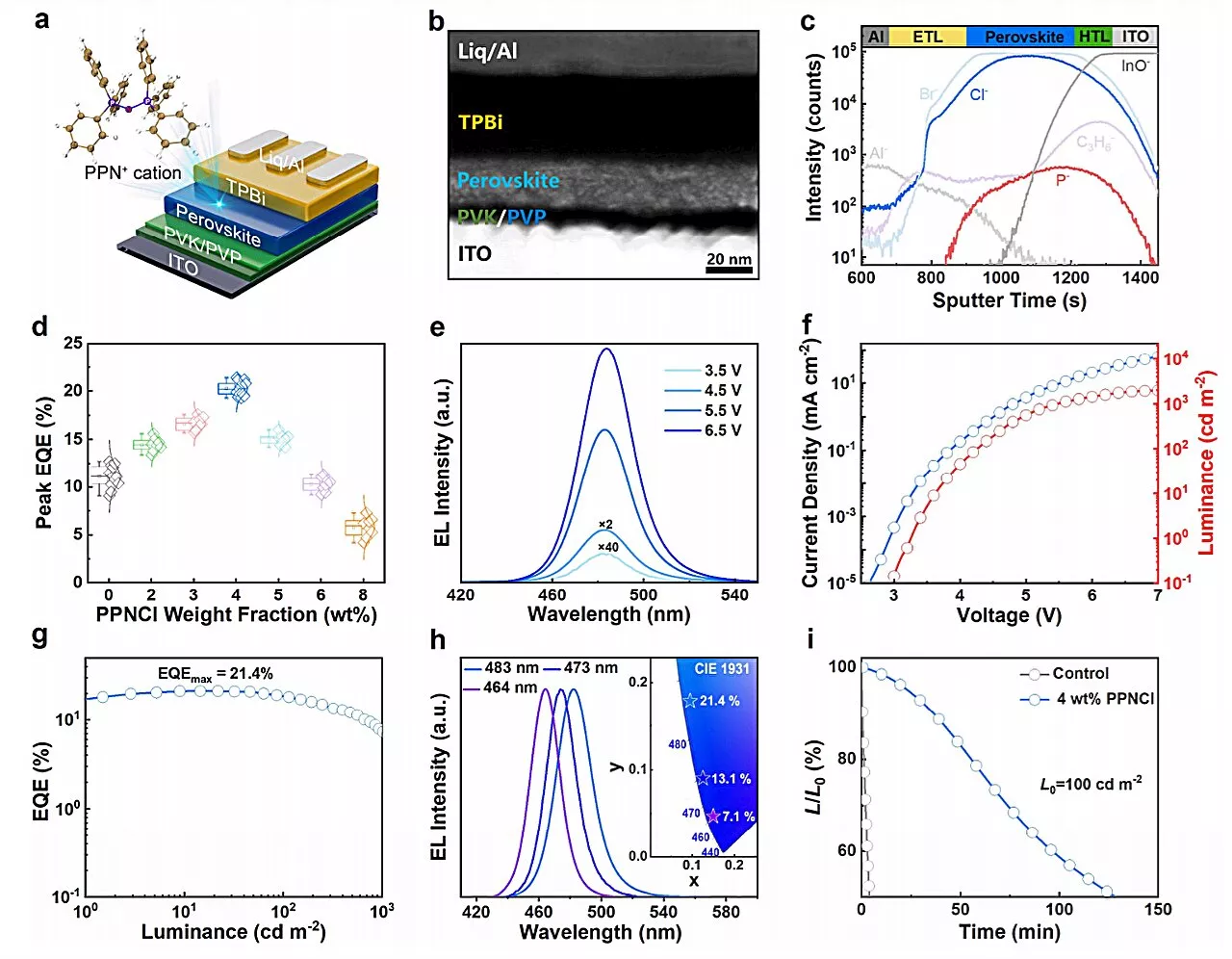Science, Space and Technology News 2024
Groundbreaking research has led to the creation of threofuranosyl nucleic acid , offering enhanced stability and therapeutic potential, with applications in drug delivery and diagnostics. Credit: SciTechDaily.comcarries the genetic information of all living organisms and consists of only four different building blocks, the nucleotides. Nucleotides are composed of three distinctive parts: a sugar molecule, a phosphate group, and one of the four nucleobases adenine, thymine, guanine, and cytosine.
For the study, the 5-carbon sugar deoxyribose, which forms the backbone in DNA, was replaced by a 4-carbon sugar. In addition, the number of nucleobases was increased from four to six. By exchanging the sugar, the TNA is not recognized by the cell’s own degradation enzymes. This has been a problem with nucleic acid-based therapeutics, as synthetically produced RNA that is introduced into a cell is rapidly degraded and loses its effect.
“In addition, the built-in unnatural base pair enables alternative binding options to target molecules in the cell,” added Hannah Depmeier, lead author of the study. Kath-Schorr is certain that such a function can be used in particular in the development of new aptamers, short DNA or RNA sequences, which can be used for the targeted control of cellular mechanisms. TNAs could also be used for the targeted transport of drugs to specific organs in the body as well as in diagnostics; they could also be useful for the recognition of viral proteins or biomarkers.
Reference: “Expanding the Horizon of the Xeno Nucleic Acid Space: Threose Nucleic Acids with Increased Information Storage” by Hannah Depmeier and Stephanie Kath-Schorr, 5 March 2024,SciTechDaily: Home of the best science and technology news since 1998. Keep up with the latest scitech news via email or social media.A new species and genus of fairy lantern, tiny glass-like white plants that feed on fungi, has been discovered in Japan.
South Africa Latest News, South Africa Headlines
Similar News:You can also read news stories similar to this one that we have collected from other news sources.
 Unlocking the Secrets of Aging: Researchers Reveal Key to Intestinal BalanceScience, Space and Technology News 2024
Unlocking the Secrets of Aging: Researchers Reveal Key to Intestinal BalanceScience, Space and Technology News 2024
Read more »
 Researchers Develop Method for Synthesis of Hundreds of New 2D MaterialsResearchers at Linköping University, Sweden, have developed a method that enables the synthesis of hundreds of new 2D materials, which exhibit unique properties and are appealing for energy storage, catalysis, and water purification.
Researchers Develop Method for Synthesis of Hundreds of New 2D MaterialsResearchers at Linköping University, Sweden, have developed a method that enables the synthesis of hundreds of new 2D materials, which exhibit unique properties and are appealing for energy storage, catalysis, and water purification.
Read more »
 Researchers develop a new strategy to enhance blue perovskite LED performanceProf. Cui Linsong's research team from the University of Science and Technology of China (USTC), cooperating with Prof. Samuel D. Stranks' team from the University of Cambridge, devised a novel strategy to enhance the performance of blue light-emitting diodes (LEDs) based on perovskite materials. Their work has been published in Nature Photonics.
Researchers develop a new strategy to enhance blue perovskite LED performanceProf. Cui Linsong's research team from the University of Science and Technology of China (USTC), cooperating with Prof. Samuel D. Stranks' team from the University of Cambridge, devised a novel strategy to enhance the performance of blue light-emitting diodes (LEDs) based on perovskite materials. Their work has been published in Nature Photonics.
Read more »
 Toy-inspired researchers develop generator turning water into electricityResearchers took inspiration from a toy to generate electricity from water. The team powered 20 LCDs, calculators, and other electronics.
Toy-inspired researchers develop generator turning water into electricityResearchers took inspiration from a toy to generate electricity from water. The team powered 20 LCDs, calculators, and other electronics.
Read more »
 Researchers develop novel 'super-tetragonal' sacrificial layer for freestanding oxide membranesResearchers have developed a new water-soluble sacrificial layer, 'super-tectragonal' Sr4Al2O7 (SAOT), with broad tunability in lattice constants, which can be used to prepare high-quality freestanding oxide membrane. Their work is published in Science.
Researchers develop novel 'super-tetragonal' sacrificial layer for freestanding oxide membranesResearchers have developed a new water-soluble sacrificial layer, 'super-tectragonal' Sr4Al2O7 (SAOT), with broad tunability in lattice constants, which can be used to prepare high-quality freestanding oxide membrane. Their work is published in Science.
Read more »
 Researchers develop genomic method of monitoring for pesticide resistanceFarmers rely on pesticides to control agricultural pests. But insects often develop resistance to the toxins in pesticides. University of Maryland researchers have developed and successfully tested a strategy for using genomics to monitor for and identify emerging resistance to specific toxins early, well before it becomes a widespread problem.
Researchers develop genomic method of monitoring for pesticide resistanceFarmers rely on pesticides to control agricultural pests. But insects often develop resistance to the toxins in pesticides. University of Maryland researchers have developed and successfully tested a strategy for using genomics to monitor for and identify emerging resistance to specific toxins early, well before it becomes a widespread problem.
Read more »
